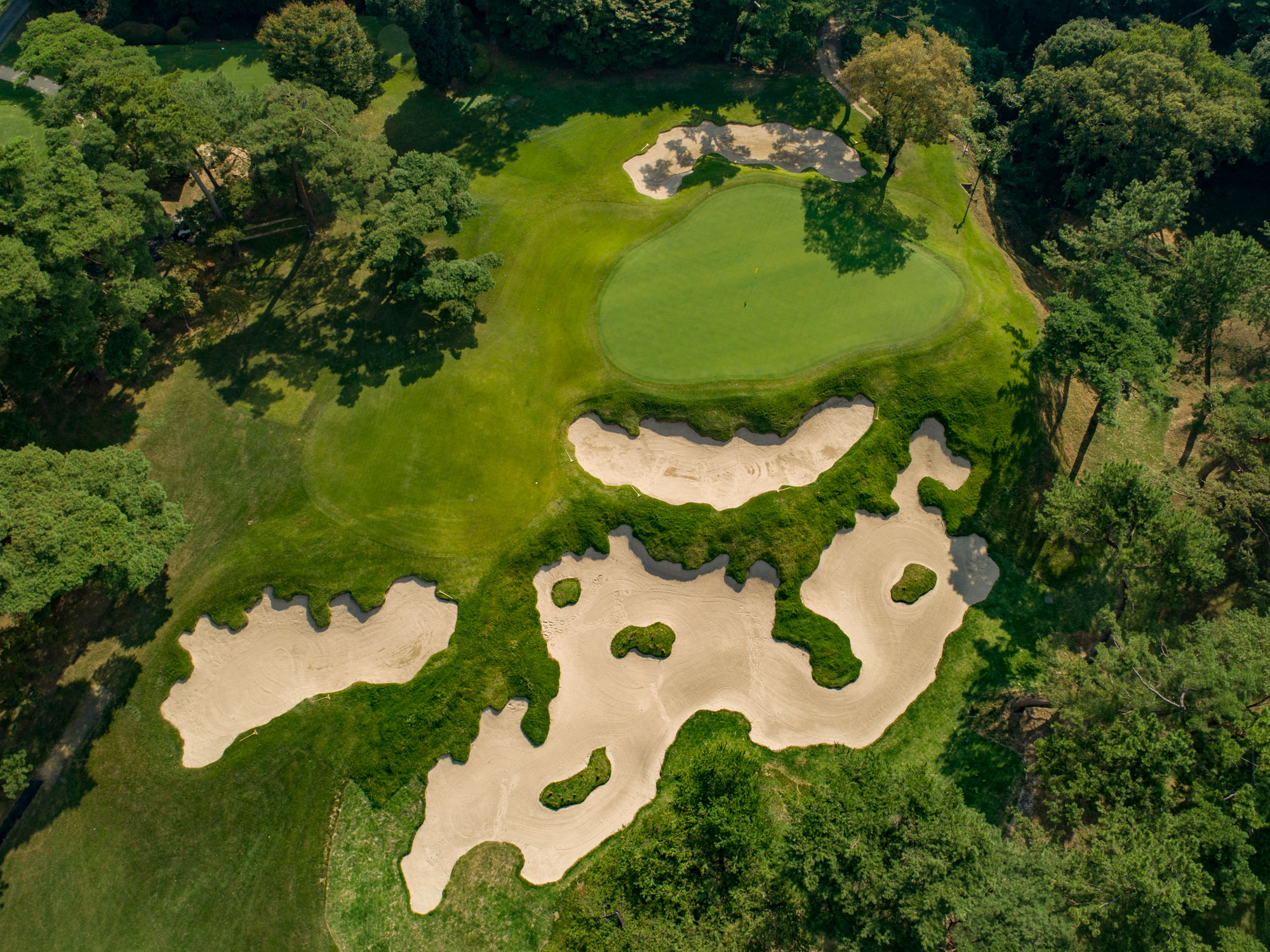How We Work
Over the past 30 years, we have developed a method of working that offers clients an excellent level of service. Tom and Martin have always had complete responsibility for their own designs, so clients know exactly with whom they are dealing from start to finish.
We have mastered the art of drawing detailed scaled plans that contractors can build to accurately first time around with rarely any need for major adjustment in the field. This allows us to produce accurate and comprehensive construction documentation. It has also contributed to a reputation for completing projects within budget and on time.
In the office, Chris Huggett has become skilled in producing photo visualisations of our design proposals and these have become extremely useful in convincing clients and committees at the conceptual design stage and they are also proving to be very useful at the construction stage to give the construction team a real feel for what is required.
Time on site is all important and we are meticulous about checking all elements of the course at every stage. This is especially true for the putting surfaces where small variations make a huge difference with today's green speeds.


